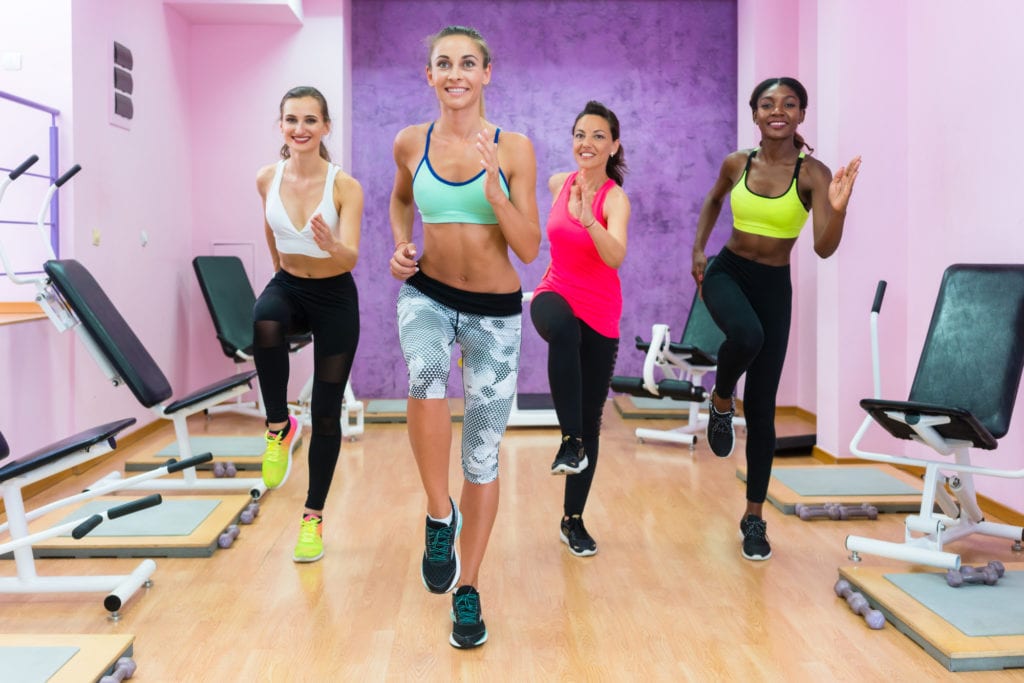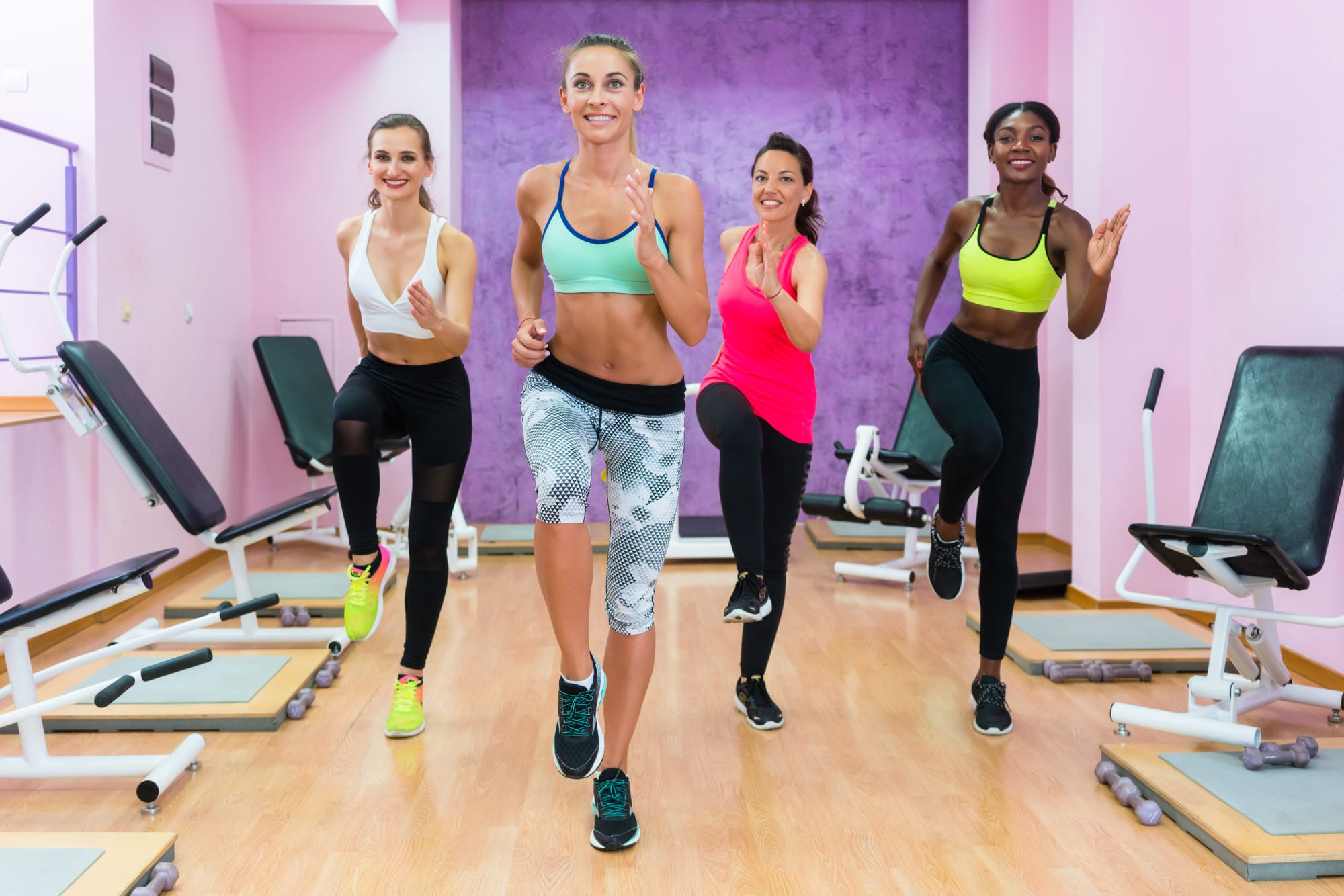
Did you know half of Americans are trying to lose weight? But we all know the cycle — we get on a diet plan, a good fitness routine, and we lose a little weight at first but then we’re stuck.
There are many factors that contribute to weight loss failure. One may be the wrong type of fitness. This is why more people are starting high-intensity interval training or HIIT.
HIIT combines short intensity intervals — from slow movements to faster and high-pressure movements. This leaves your body in fight mode, forcing your body to burn more calories.
Read this HIIT for beginners guide and know these 8 tips for HIIT success.
1. Focus on Doing the Exercise Correctly
A HIIT workout comprises of different types of exercises you can do. The most common example is cardio — you can go from sprinting with no resistance to slower runs with higher resistance.
You can use any cardio machine for this purpose, including the treadmill, stationary bike, and elliptical.
However, there are other exercises that focus on the same high-to-low workout structure. You can implement HIIT into your weight training routine and even utilize many HIIT movements while using body weight.
The mistake people make when doing HIIT weight workouts is they focus on reps rather than doing the exercise correctly. Focus on your form and the movement.
Rather than thinking about rep numbers, work to your maximum. Rest, and repeat another set of maximum reps.
2. Start Slow
HIIT combines slower movements with intense movements. Instead of starting off extremely intense, start off slow and warm your body up. For example, let’s say you’re doing HIIT cardio.
Start at the lowest intensity and work your way up. This likely involves starting at no resistance and starting at a casual job, working your way up to a sprint before increasing the resistance.
Starting slow is beneficial for two main reasons. You conveniently warm up, helping your body get used to the movements.
Starting slowly doesn’t make HIIT look as intimidating. You naturally start to increase your workout intensity and go back to the beginning.
3. You Need to Rest
Rest is integral to optimum performance. Whether you’re doing HIIT cardio or weightlifting, a 30-second rest period follows a 30-second (or longer) high-intensity session.
This rest period is integral to getting your heart rate down and relaxing your muscles.
When you rest, you rest. Sit back. Catch your breath. Don’t grab another weight or start doing push-ups. Your body needs to re-group before you start exercising again.
4. You Can Modify Your Moves
Do you know the cliché workout advice, “no pain no gain?” Well, ignore that advice. You shouldn’t perform any move that’s too intense or painful. You risk exhausting your body and even a serious injury.
But what if you want extra time or reps into your workout? Don’t be scared to modify your workout.
For example, let’s say you’re doing HIIT weightlifting on triceps and your triceps are getting fatigued.
Instead of lifting your maximum, do your next move with lighter weights with multiple reps and multiple rests. You’re still working your triceps while abiding by the HIIT workout standards.
5. Hydrate Before and During Your Workout
Everyone has different advice about what they eat before a workout. But everyone should abide by the same advice — HYDRATE! If you’re not properly hydrated before your workout, you can risk serious pain and fatigue.
Water hydrates your body as a whole. It regulates your body temperature and even lubricates your joints.
This is essential for your best performance. Since you’re sweating and losing a lot of water during your workout, it’s also essential to replenish your hydration while you’re working out.
It’s easy to reach for the performance drinks. However, water is the best option.
While you’re resting, make sure you drink a large swig of water.
What about during your cardio sessions? It’s hard to stop running for a sip of water.
For this purpose, drink plenty of water (five to ten ounces) before your workout. You can also opt for electrolyte-rich coconut water for maximum hydration.
6. Cardio Isn’t Limited to Machines
HIIT cardio is popular because you can get a great HIIT workout in without using every square inch of gym space. HIIT cardio is also a great way to get in your 75 minimum minutes of cardio each week.
Let’s face it — lots of people hate cardio day. Fortunately, the machines aren’t your only option.
Instead of suffering on the treadmill, do HIIT on the rowing machine, do burpees, and even jump rope to squeeze in those essential cardio minutes.
7. Save Money With Bodyweight HIIT
The average monthly gym membership cost is $58 each month. This means Americans are almost spending $700 a year to stay in shape.
Don’t worry, you can keep that $60 in your pocket while still doing HIIT. You can perform bodyweight HIIT without even investing in fitness equipment.
These exercises are ones most people know how to do — lunges, push-ups, planks, and squats.
Do maximum reps for 30 seconds, take a 30-second break, and repeat the move.
For cardio, you can do burpees, jump rope, and even add a jump or walk movement to each bodyweight exercise (for example, a walking lunge or a jump squat).
8. Rest With Yoga
Yes, rest means rest. However, you can get combine your rest time with a yoga pose.
This will help stretch your muscles and relax your mind. Instead of leaving the gym breathless and fatigued, you’ll increase your well-being and won’t suffer from muscle pain.
During your rest time, do yoga poses such as the downward facing dog, revolved crescent, lizard pose, triangle pose, dancer’s pose, pyramid pose, and cow face pose.
HIIT for Beginners: Easier Than You Think!
HIIT for beginners can seem intimidating. Use these tips to achieve HIIT success!
Do you want to use HIIT to tone up your legs? You can get toned legs with HIIT cardio! But which HIIT cardio machine is the best option? Many people think it’s the elliptical. Find out if the elliptical can really tone your legs.
